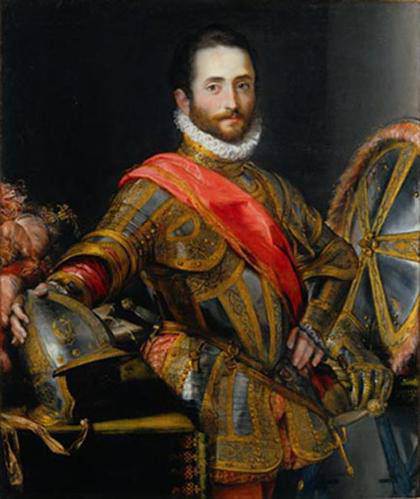

Gustave Caillebotte
“Floor-Scrapers“, 1875
Top: view of the work at “An Impressionist and Photography”
Image: ©Schirn Kunsthalle Frankfurt

Gustave Caillebotte
“The Pont de l’Europe“, 1876
Gustave Caillebotte: an Impressionist and Photography The Schirn Kunsthalle Frankfurt presents a comprehensive exhibition featuring about fifty paintings and drawings by the French Impressionist Gustave Caillebotte from October 18, 2012 to January 20, 2013.]]>
Source: Schirn Kunsthalle Frankfurt
Consistently rounded off with one hundred and fifty outstanding photographic positions of the late nineteenth and the early twentieth century, the show conveys a clear idea of Caillebotte’s pioneering role in the development of a new way of seeing. Caillebotte’s oeuvre offers new, fundamental, and complementary approaches to French Impressionist painting: his radical, highly modern, and photography-related solutions very convincingly elucidate the close connection between photography and painting. Numerous of Caillebotte’s works anticipate a photographic perspective – especially in their particular angles of view and the way the images are cropped, but also in their approach to themes like movement and abstraction – that does not emerge in the medium of photography itself until later.
Gustave Caillebotte (1848 Paris – 1894 Gennevilliers) was rather known as a patron, collector, and pioneer of Impressionist art throughout his life, though he produced more than five hundred paintings, pastels, and drawings himself. Raised in the upper-middle-class milieu of Paris, he first studied law. After only little more than a year, the independent mind left the Parisian École des Beaux-Arts, where he had enrolled after, in 1874 and joined the Impressionist “partisans”. Coming into a large fortune after his father’s death, Caillebotte henceforth supported the painters of the new movement as “patron of the Impressionists.” Today, a large part of his important collection of Impressionist works ranks among the key assets of the Musée d’Orsay.
Like many of his Impressionist friends, who used the new medium of photography introduced in 1839 for their compositions, Gustave Caillebotte was familiar with it and its manifold possibilities from stereo photography to instant and motion photography. His paintings with their unparalleled steep perspectives, radical top views, distortions, blurs, and croppings that offer only fragments of his subjects actually strike us as bold uses of photographic means of style as they had not yet been employed (or could not be employed yet) in contemporary photography. Making the modern individual’s perception a key theme of his work, Caillebotte showed himself to be far ahead of his time: it was only in the early twentieth century that comparable photographic strategies began to emerge in the medium itself.
With crucial works such as “The Pont de l’Europe,” “Floor-Scrapers,” or “The Yerres, Rain,” the exhibition is chronologically organized in three thematic groups which were decisive for Caillebotte: cityscapes and architectural views, portraits and interiors, as well as still lifes and landscapes with garden and sports scenes. The confrontation with contemporary photographs by Édouard Baldus, Charles Marville, or Eugène Atget and examples of the 1920s’ New Photography movement ranging from pictures by André Kertész and László Moholy-Nagy to works by Wols and Alexander Rodtschenko astoundingly discloses the close relationship between Caillebotte’s production and the emergence of a new way of seeing.
Related content
Jeff Koons at the Schirn Kunsthalle (exhibition, 2012)
Follow us on:


